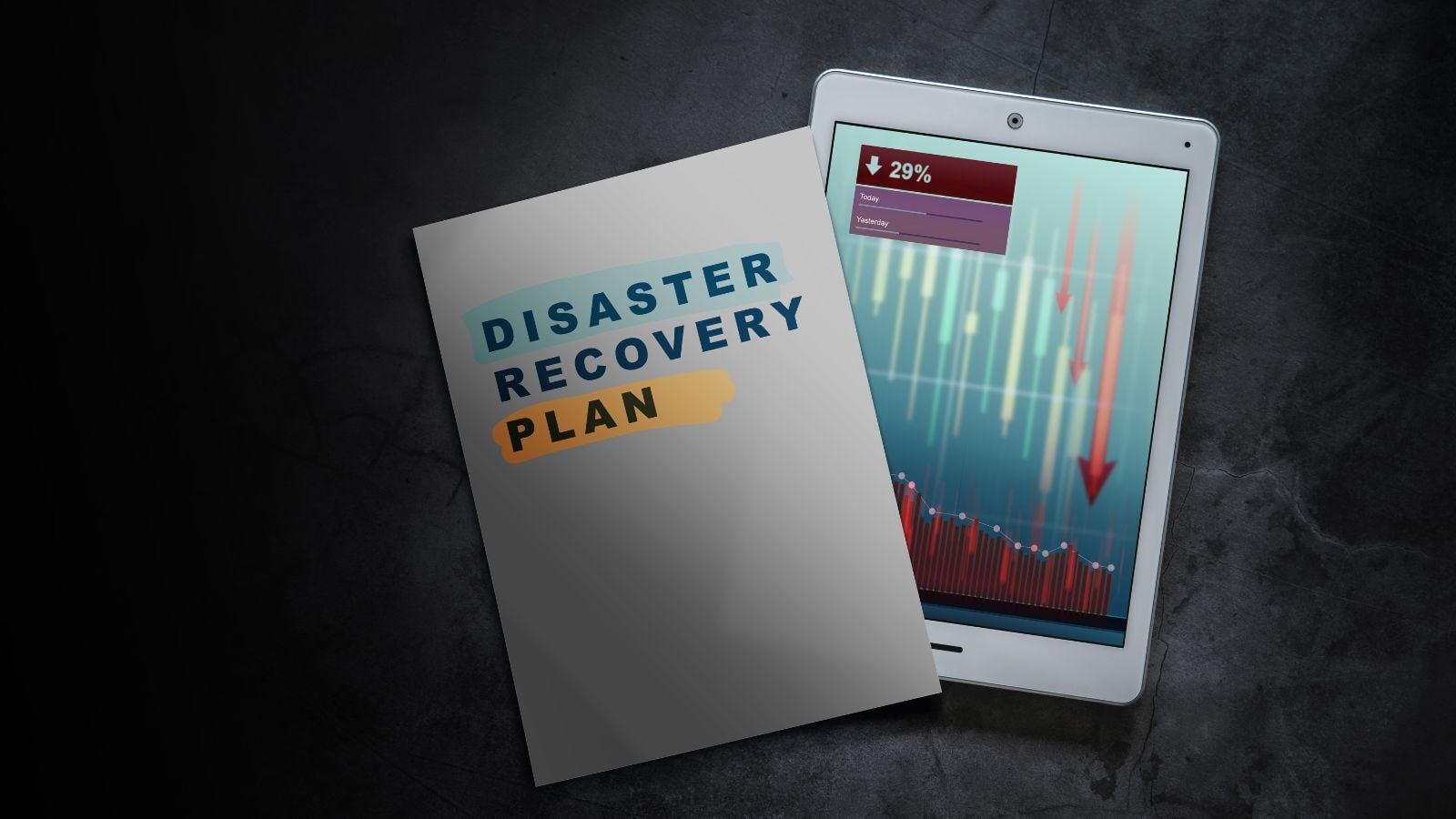Safeguard Business Continuity with Annexus Technologies' Comprehensive Disaster Recovery Plan

The ever-evolving landscape of modern business demands a proactive approach to safeguarding operational continuity. In an era marked by digital transformation and remote work dynamics, organizations must prioritize the development of robust disaster recovery plans to mitigate potential risks and ensure seamless operations.
Key Components of a Disaster Recovery Plan:
Asset Management: Conduct a comprehensive audit of all business assets to enhance scalability and gain visibility into operating expenses. Start by documenting critical hardware and software components, covering all network elements, IT systems, hardware, software, and pertinent business databases.
Identifying RTO and RPO: Establish Recovery Time Objective (RTO) and Recovery Point Objective (RPO) metrics to guide the disaster recovery process. RTO defines the time frame within which operations must be restored following an outage, while RPO determines the acceptable data loss. Regularly review and update these metrics to align with evolving business needs.
Collect and Audit SLA Agreements: Understand service level agreements (SLAs) and delineate responsibilities when collaborating with third-party service providers. Clear SLA comprehension is crucial for seamless recovery operations in the event of an outage.
Choose and Establish a Disaster Recovery Site: Set up a remote disaster recovery site to facilitate efficient backup management and IT infrastructure restoration post-outage.
Establish Personnel Roles: Assign specific roles and responsibilities to employees and conduct training sessions to ensure preparedness for handling emergencies. Clear delineation of roles streamlines communication and expedites recovery processes.
Build a Communication Plan: Develop a robust communication plan to disseminate critical information to employees, vendors, partners, and customers during emergency situations. Clear communication guidelines ensure that recovery efforts remain coordinated and effective.
Disaster Recovery Protocols List: Compile a comprehensive list of disaster recovery protocols outlining essential instructions for resuming operations in alignment with predefined RTO and RPO metrics.
Regular Testing: Conduct routine testing and auditing of the disaster recovery plan to validate its efficiency. As organizational infrastructure evolves, regular testing ensures that the DRP remains effective in mitigating potential risks.
A well-crafted disaster recovery plan is indispensable for sustaining organizational growth and resilience. Annexus Technologies stands ready to collaborate with you in developing a comprehensive recovery strategy to mitigate the adverse impacts of unforeseen disasters.

